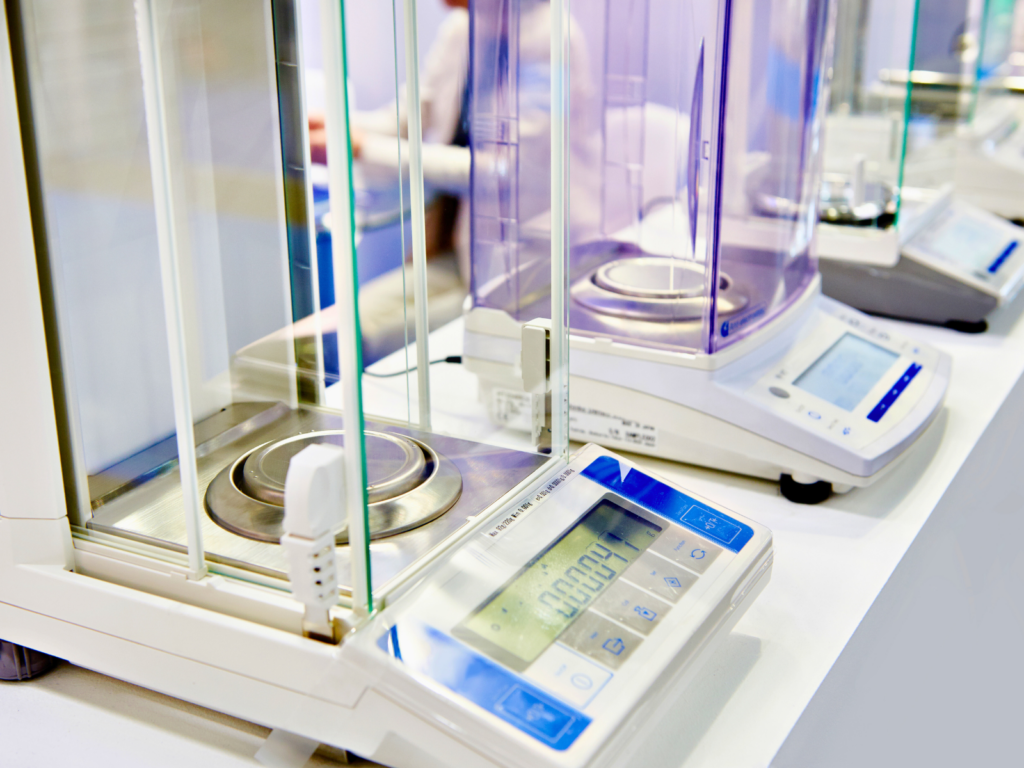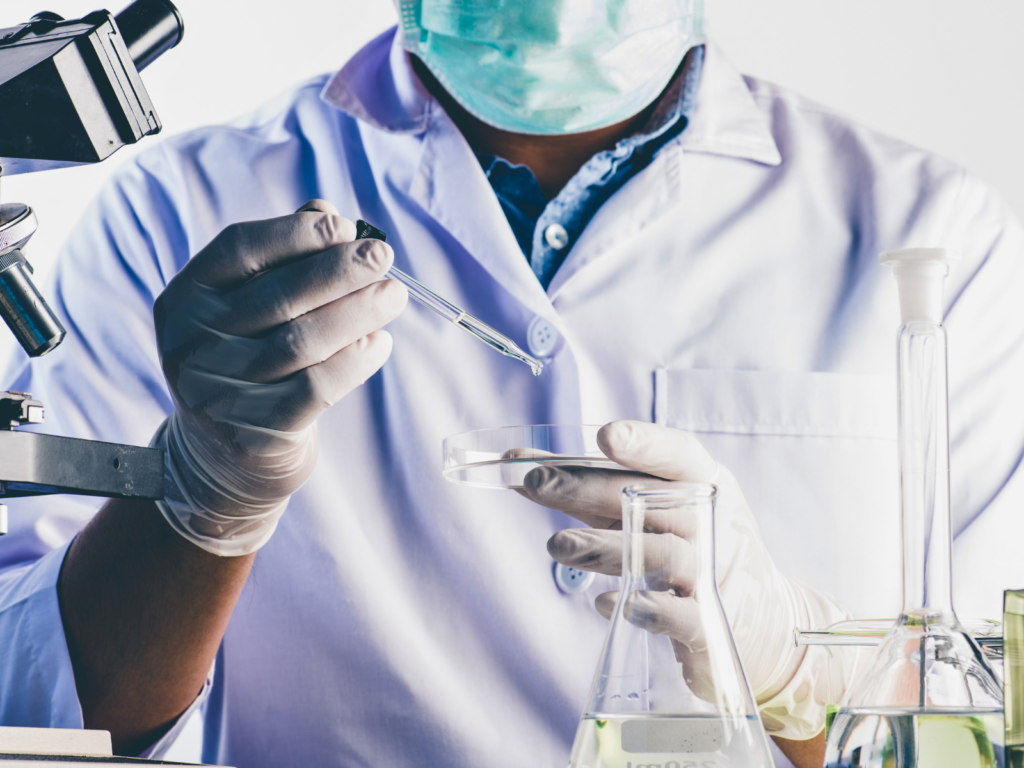Calibration in Aviation Safety
Watch the video: Calibration in Aviation Safety
Accurate tool and equipment calibration is essential in the airline industry to ensure the safety of passengers, crew, and ground personnel. Precision is crucial in the airline industry because even the smallest mistake can have catastrophic consequences.
In the airline industry, accurate tool calibration is important for the following reasons:
1. Safety: Airlines are subject to strict safety regulations and guidelines. Accurate calibration of tools ensures that all equipment operates correctly and accurately, thereby reducing the risk of accidents.
2. Compliance: As a highly regulated industry, compliance with industry standards is essential for maintaining operations. Accurate tool calibration helps ensure that equipment meets industry requirements.
3. Efficiency: Calibration of tools accurately can contribute to the reduction of maintenance and repair time and effort, thus saving money and increasing productivity.
4. Cost-effectiveness: Accurate tool calibration can help prevent equipment from wearing out prematurely, reducing the need for repairs and replacements, which can be costly.
5. Reputation: Having an airline’s reputation damaged by accidents or incidents can adversely affect customer loyalty and revenue in the long term.
Tools that Require Regular Calibration
Calibration is required for many tools and equipment used in the airline industry. There are a number of commonly used tools that require calibration, such as:
1. Torque wrenches: Used to tighten bolts and nuts to specific torque values, torque wrenches must be calibrated to ensure that they are providing accurate torque measurements.
2. Pressure gauges: Pressure gauges are used to measure the pressure of various systems on an aircraft, such as hydraulic systems or pneumatic systems. Accurate calibration is critical to ensure that the readings are reliable and that the system is operating within safe parameters.
3. Fuel quantity indicators: Fuel quantity indicators are used to measure the amount of fuel in the aircraft’s fuel tanks. Accurate calibration is essential to ensure that the pilot receives accurate fuel level information to safely manage the aircraft’s fuel consumption.
4. Temperature sensors: Temperature sensors are used to measure the temperature of various components of the aircraft, such as engines or hydraulic systems. Calibration is necessary to ensure that the readings are accurate and reliable.
5. Electrical testing equipment: Electrical testing equipment, such as multimeters or voltmeters, must be calibrated to ensure that they provide accurate readings when troubleshooting electrical systems on the aircraft.
These are only a few examples of the many tools and equipment used in the airline industry that need to be calibrated. In order to maintain accurate measurements and ensure aircraft safety, these tools must be calibrated regularly.

How often is Calibration Needed?
The frequency of calibration for aircraft tools and equipment depends on several factors, including the type of tool, the manufacturer’s recommendations, and the frequency of use. In general, most tools and equipment used in the airline industry should be calibrated at least once a year. However, some tools may require more frequent calibration. Some tools may require calibration after a specific number of uses or periods of time.
It is also worthwhile to note that some tools may require more frequent calibration if they are exposed to harsh conditions that can affect their accuracy. These conditions include extreme temperatures or vibrations. It is imperative to follow the manufacturer’s recommendations and industry standards for calibration frequency to ensure that the tools and equipment are providing accurate measurements and operating safely.

How Allometrics Can Help!
Allometrics has spent over 40 years specializing in calibration services. By offering services such as those listed below, Allometrics can help mechanics and engineers in the following:
1. Equipment and tool calibration: Using Allometrics can ensure that tools and equipment are calibrated in order to provide accurate readings and measurements. This can help mechanics identify and fix aircraft system issues more efficiently and safely.
2. Maintenance and repair: To ensure that tools and equipment remain in good working order and extend their lifespan, Allometrics provides maintenance and repair services. By doing this, airlines can save time and money, as well as ensure that they have reliable equipment when they are in need.
3. Compliance with industry standards: Allometrics can help ensure that tools and equipment conform to industry standards and regulations.
4. Documentation: In order to maintain a complete history of all equipment, Allometrics provides electronic calibration reports and catalogs it in an instrument certification database. The documentation of calibration and maintenance of equipment can be used as evidence of compliance with industry standards and regulations.
In summary, Allometrics can help mechanics and engineers in the airline industry by providing calibration services, maintenance and repair services, compliance with industry standards, training and support, and documentation of calibration and maintenance.
Contact us today for detailed information on our extensive services.





